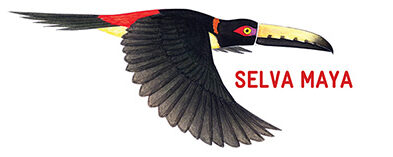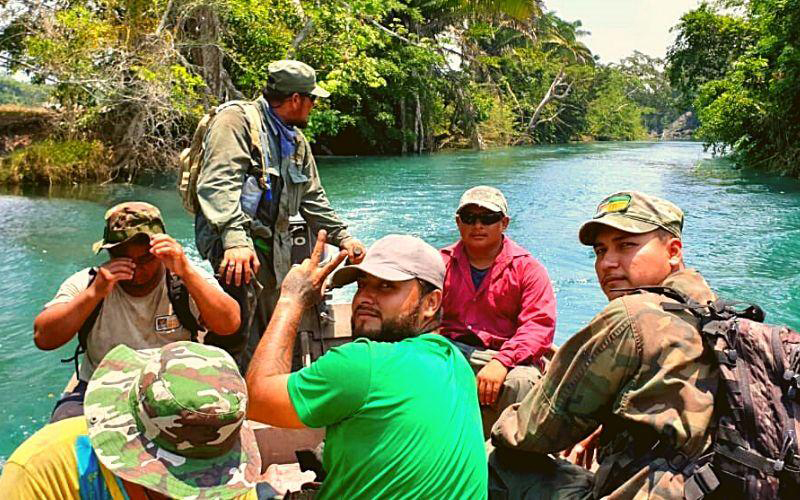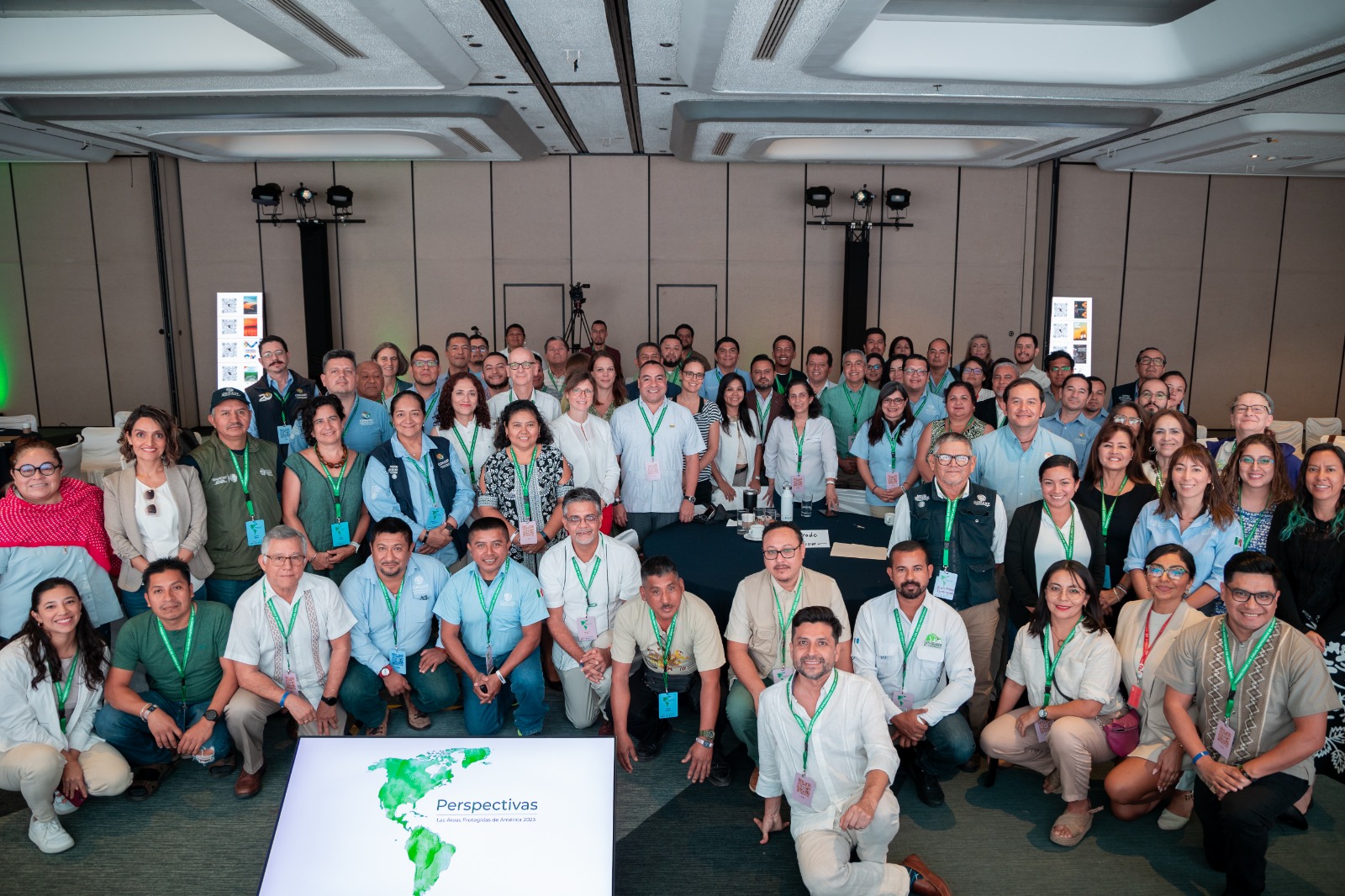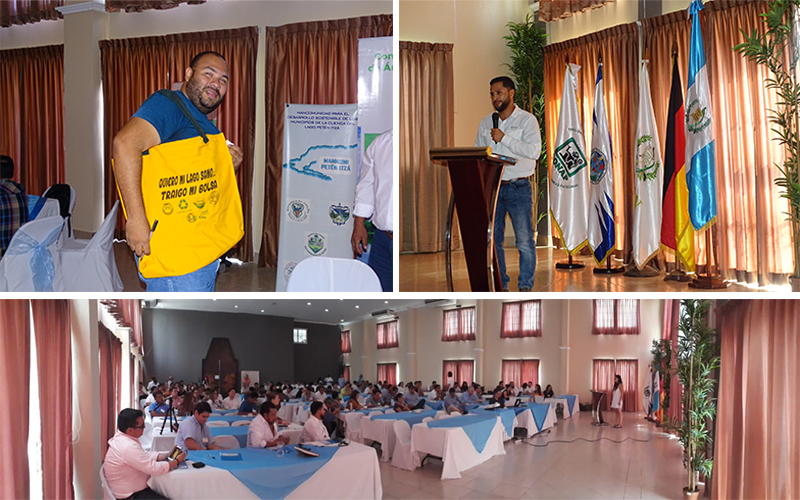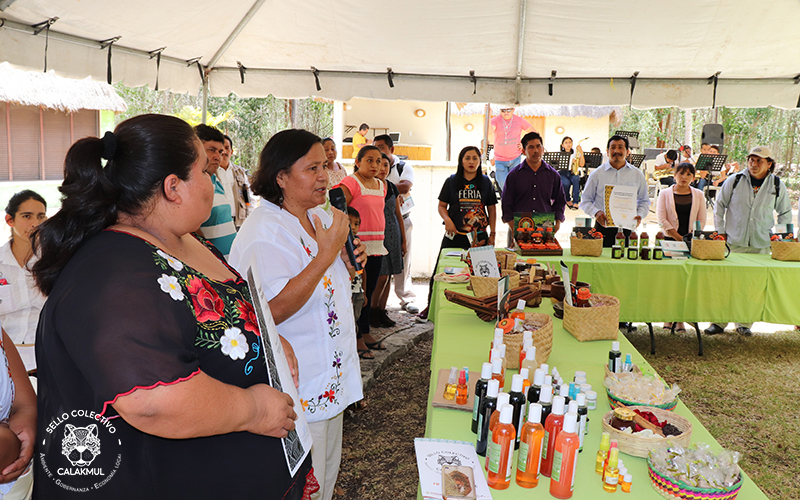Biological monitoring allows knowing ecosystems’ dynamics; also serves as support in the conservation, management and sustainable use of species. Hence the importance that people working directly with biodiversity, in this case, the Selva Maya’ biodiversity, need to update their technical and theoretical skills on biological monitoring.
Organized by Operation Wallacea and hosted by the Reserva de la Biosfera Calakmul (RBC), the second Training Course on Biological Monitoring in the Selva Maya was held from July 24th to 31st. The attendance was of seven people that work in the conservation of natural resources; coming from Mexico, Belize and Guatemala.
The course was structured in six taxonomic groups, each with a specialized instructor. The data obtained from the monitoring are given to the RBC’s management to assess the effects of climate change on biodiversity, the abundance of wildlife and the impact of sustainable development projects implemented within the communities. The working groups were as follows:
- Habitat Team: Forest structure and carbon biomass are quantified using a range of measures in specific quadrants
- Herpeto-fauna: Diurnal and nocturnal visual data survey along forest transects and close to watering points, accompanied by wildlife traps but without hurting species.
- Birds: Their abundance and diversity is assessed by counting points with mist nets, then the trapped birds are identified and morphometric measurements are taken prior to release them.
- Large terrestrial mammals: Morning sighting records or traces of specimens on forest transects, besides data analysis sessions of trap cameras’ information.
- Butterflies: Monitoring using fruit traps
- Bats: Monitored every night using mist nets, identifying trapped bats and taking morphometric measurements. Bats are marked before release in order to estimate population by mark-recapture methods.
Please find aditional pictures at: Reserva de la Biosfera Calakmul
